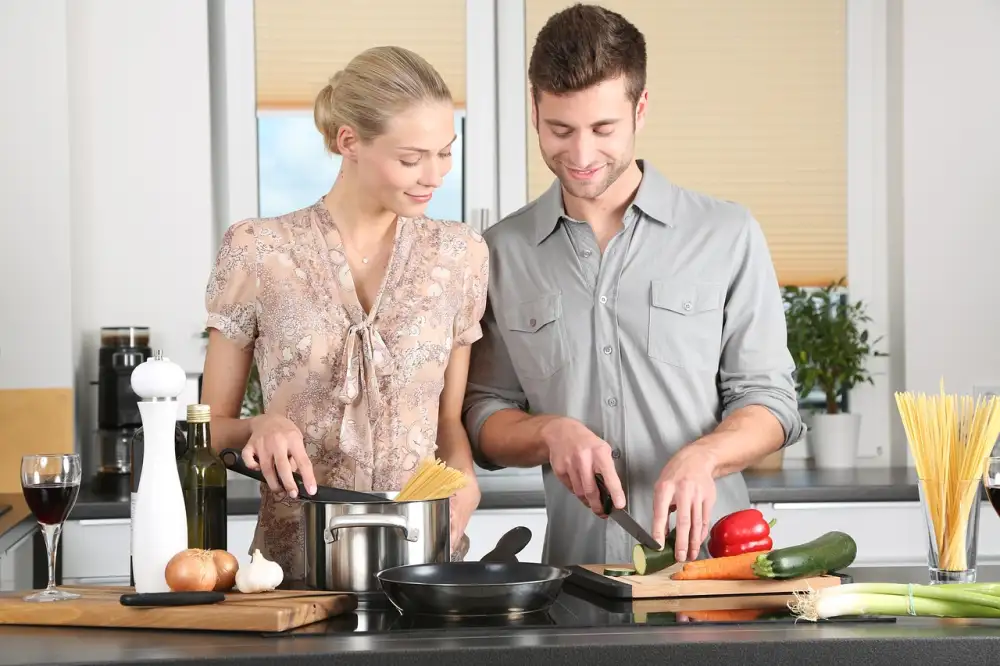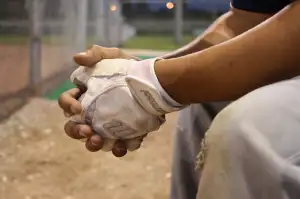Perfectly Cooked Prime Rib: Discover the Ideal Cooking Time for Culinary Perfection

Prime rib is a succulent and flavorful cut of beef that is often considered the king of roasts. It is known for its tender meat, marbling, and rich taste. Cooking prime rib can be a culinary adventure, but it requires careful attention to detail to achieve perfection. Whether you are hosting a special occasion or simply treating yourself to a gourmet meal, learning the ideal cooking time for prime rib is essential to ensure a mouthwatering result. In this article, we will explore the factors that affect cooking time, provide recommendations based on weight and desired doneness, share tips for achieving the perfect prime rib, and guide you through the process of resting and carving this delectable dish. So let's dive in and discover how to create culinary bliss with perfectly cooked prime rib!
Factors affecting cooking time for prime rib
Factors affecting cooking time for prime rib include the weight of the roast, the desired level of doneness, and the starting temperature of the meat. A larger roast will generally require more time to cook than a smaller one. Additionally, if you prefer your prime rib to be cooked rare or medium-rare, it will take less time compared to a well-done roast. The starting temperature of the meat also plays a role in determining cooking time. If the roast is taken straight from the refrigerator, it will need more time to reach the desired internal temperature.
Recommended cooking time based on weight and desired doneness
The recommended cooking time for prime rib varies depending on its weight and desired level of doneness. As a general rule, you should cook the prime rib for 15-20 minutes per pound for medium-rare, 20-25 minutes per pound for medium, and 25-30 minutes per pound for well-done. For example, a 5-pound prime rib cooked to medium-rare would require approximately 75-100 minutes in the oven. It's important to note that these times are just estimates and may vary depending on your oven and personal preference. Use a meat thermometer to ensure the internal temperature reaches your desired level of doneness: 135°F (57°C) for medium-rare, 145°F (63°C) for medium, and 160°F (71°C) for well-done. Remember to let the prime rib rest before carving to allow the juices to redistribute and ensure maximum tenderness.
Tips for achieving the perfect prime rib
To achieve the perfect prime rib, here are some tips to keep in mind. Firstly, make sure to bring the prime rib to room temperature before cooking. This allows for more even cooking throughout the roast. Secondly, season the meat generously with salt and pepper or your preferred seasoning blend. The seasoning will enhance the flavor of the meat as it cooks.
Next, use a roasting rack to elevate the prime rib off the bottom of the pan. This helps to ensure that heat circulates evenly around the roast, resulting in a more tender and juicy final product. Additionally, consider using a meat thermometer to monitor the internal temperature of the meat. This will help you achieve your desired level of doneness.
Another tip is to baste the prime rib with its own juices or a flavorful marinade during cooking. This adds moisture and enhances flavor. Lastly, allow for proper resting time once the prime rib is cooked. This allows the juices to redistribute throughout the meat, resulting in a more succulent and tender roast.
By following these tips, you can ensure that your prime rib turns out perfectly cooked every time.
Resting and carving the prime rib
Resting and carving the prime rib is a crucial step in ensuring that you enjoy a tender and juicy piece of meat. After removing the prime rib from the oven, it's important to let it rest for about 15-20 minutes. This allows the juices to redistribute throughout the meat, resulting in a more flavorful and moist final product.
During this resting period, cover the prime rib loosely with aluminum foil to keep it warm. This also helps to retain its heat while allowing any excess moisture to escape. Resting also makes carving easier as it allows the meat to firm up slightly, making it less likely to fall apart or lose its shape.
When it comes time to carve your prime rib, start by removing any twine or bones that may still be attached. Using a sharp carving knife, slice against the grain into thin, even slices. The grain refers to the direction in which the muscle fibers run. Slicing against the grain ensures that each bite is tender and easy to chew.
For presentation purposes, you can choose to serve individual slices or carve larger portions according to your preference. Remember that presentation is key when serving such a magnificent dish.
By following these steps and taking your time during both resting and carving, you'll be rewarded with perfectly cooked prime rib that will impress your guests and leave them craving for more. So go ahead, savor every bite of this culinary masterpiece!
In conclusion, mastering the art of cooking prime rib is truly a culinary delight. By understanding the factors that affect cooking time and following the recommended guidelines based on weight and desired doneness, you can achieve culinary perfection every time. Remember to use a meat thermometer for accuracy and allow the prime rib to rest before carving to ensure juicy and tender slices. So gather your loved ones, savor the succulent flavors, and indulge in the ultimate dining experience with a perfectly cooked prime rib.
Published: 03. 12. 2023
Category: Food



